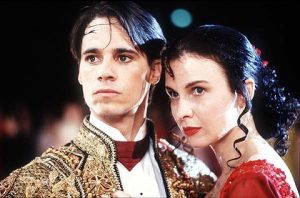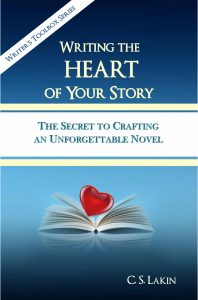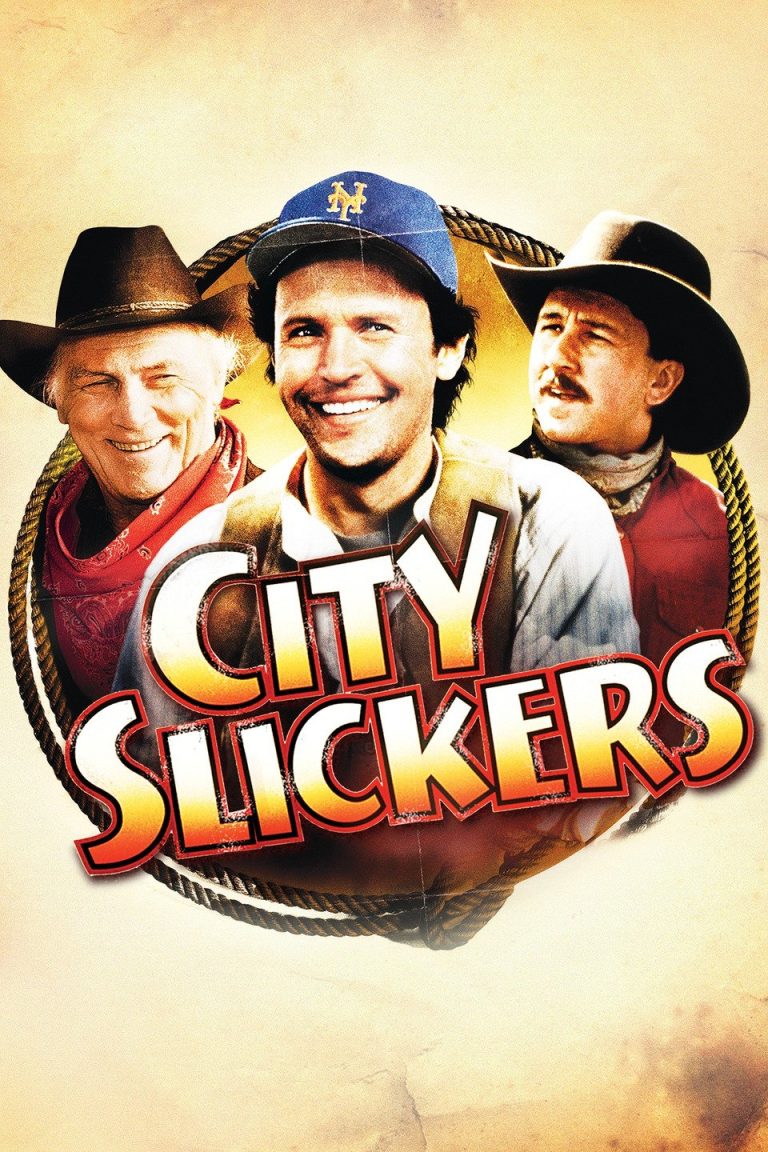Universal Themes That Can Be Found in Movies
Here’s another post I wrote ten years ago on theme. Enjoy!
I can’t resist talking about my favorite movie—well, my entire family’s favorite movie. We have to get our fix, watching Strictly Ballroom, nearly every time we’re all home for a weekend. Although we can mouth and act out every line (can’t quite master all the dance steps yet!), we never tire of this movie. We sit, absolutely transfixed, as we watch Francesca and Scott dance the Paso Doble.
There are a few movies that hold the same fascination for me—and they all have one thing in common—great themes.
Themes That Recur throughout the Story
Despite the variety of genre, style, writing, and tone, these movies have a recurring universal theme that drives and weaves through the story. Authors can learn a lot from movies, but it’s important to look beyond the spoken word—the dialogue presented—to see what’s really going on.
And that’s what happens in a great book. The universal themes waver just below the surface, occasionally rearing their heads when a character voices a question or makes a choice.
Admittedly, The Three Amigos falls short when it comes to building and weaving a theme, as the “El Guapo” speech given by Steve Martin’s character, Lucky Day, at the end of the movie really serves as a rallying cry to embrace a theme in a last moment’s spark of inspiration. But it deserves mention. You can’t easily forget his brilliant words:
“In a way, all of us have an El Guapo to face someday. For some, shyness might be their El Guapo. For others, a lack of education might be their El Guapo. For us … El Guapo is a big, dangerous guy who wants to kill us. But as sure as my name is Lucky Day, the people of Santa Poco can conquer their own personal El Guapo … who also happens to be the actual El Guapo.”
You could get expansive and talk about how, throughout the movie, the three amigos really did have to face their “various” El Guapos—literally and emotionally, since they lost their nice gig at the Hollywood studio. Hey, they did get to make off with their dazzling costumes. But enough of our friendly amigos.
 I often ponder why Strictly Ballroom holds so much sway over our hearts and attention. Why can’t we get enough of this movie, even after having seen it dozens of times?
I often ponder why Strictly Ballroom holds so much sway over our hearts and attention. Why can’t we get enough of this movie, even after having seen it dozens of times?
Back to the Future is like that too. When I walk by the TV and it’s on, it drags me over and forces me to sit down, mesmerized by every word. It’s not just fun entertainment and snappy dialogue.
Strictly Ballroom has the same effect on me. It’s rife with theme. Sure, it’s a fairy tale—the ugly duckling makes off with the handsome prince, despite all odds. But it’s so much more than that.
A Theme That Is Presented by the Characters Themselves
Francesca, in a fit of frustration, mouths off a string of Spanish words, leaving Scott Hastings befuddled. She wants to dance with him in the Pan-Pacific competition, breaking the rules and dancing their own original steps, which is blatantly sacrilegious in the world of professional ballroom dancing. She translates the phrase: “A life lived in fear is a life half-lived.”
This theme becomes Scott’s awakening, his challenge, and ultimately his victory. It is the nectar the two drink, and the hope they embrace. It is the magical phrase that frees Scott’s father from his “prison” and mends his parents’ long-damaged relationship. It is the glue that binds and the icing on the cake.
Nearly every character in this movie experiences both what it’s like to live a life in fear and how empowered they are when they take a stand and face down that fear.
This movie’s brilliance is perhaps lost under all the makeup, costumes, and the histrionics of Shirley Hastings, but it’s more than just the riveting music played during the Latin dance final that makes you want to jump to your feet and stomp your way around the living room. Your heart is soaring because the movie’s theme successfully reached its target.
When you watch films, pay attention to the first mention of theme, to characters speaking passionately about something they care about. Watch how the story builds around that theme and revisits it through the various characters. And pay special attention to the dark night moment, climax, and resolution, because that is where the main character faces the theme head-on, leading to a changed worldview, however large or small.
Theme is the character’s inner motivation made universal, and every story can have theme at its heart.
If you haven’t read Writing the Heart of Your Story, get a copy today and learn more about infusing theme into your fiction!
Featured Image by Sam Williams from Pixabay












